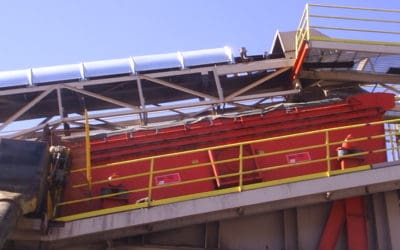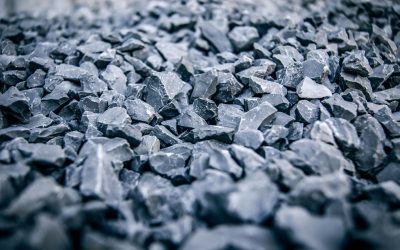When it comes to screening for particle separation, there are many options out there to choose from. Your equipment choice can have a direct impact on operating costs, efficiency, product quality, and more.
In this article, we’ll highlight three of the most common types of screening equipment.
Choosing the Right Screening Equipment
The purpose of screening equipment is to separate materials based on size, shape, or composition to meet specific requirements for further processing or final use. By carefully evaluating the following considerations, you can avoid costly mismatches, reduce wear and tear, and achieve a reliable, efficient, and sustainable solution tailored to your specific needs:
- Material characteristics: understand the type of materials (wet, dry, sticky, or abrasive) and their sizes to ensure the equipment can handle them effectively without damage
- Throughput: consider the volume of material the equipment needs to process to ensure it meets your production demands without delays
- Space: choose screening equipment that fits comfortably and integrates seamlessly into your workflow
- Energy efficiency: factor in the equipment’s energy requirements to balance operating costs and performance, especially for high-demand operations
- Cost: assess both upfront and long-term costs, including maintenance and operational expenses
- Applications: to ensure optimal performance, match the equipment to your specific use case, whether it’s waste management, recycling, mining, or construction
Trommel Screens
Consisting of a rotating cylindrical drum with perforations in it, the trommel screen is well known, and commonly used in the industry. The drum is usually angled to promote material flow but is only able to provide 1/3 of the screen area.
Undersized material slips through the perforation cavities while oversized material continues through the trommel and onto the next stage of the process, which may include looping back to a shredder for further reduction.
Trommels have a relatively low investment cost, but typically require a large footprint and have inherent issues with material binding to the screen perforations. Brushes can be used to combat blinding, but their wear rates are high.
Vibrating Screens
Vibrating screens are an important part of material screening, consisting of an inclined vibrating plane that is energized by an electromagnetic vibrator or a form of off-balance drive system. These types of screens are often utilized in mineral applications where feed streams need to be separated at ½” or smaller, down to a couple of hundred microns.
Types of Vibrating Screens
- Inclined: these screens are positioned at an angle, allowing gravity to assist in the material screening process, so they’re able to handle large capacities with lower power consumption
- Horizontal: they are set up parallel to the ground and rely on high-speed linear or elliptical vibration to move materials, offering better control over material flow and retention time
- Multi-deck: With multiple layers (decks) stacked on top of each other, they allow materials to be separated into several different sizes in one pass, increasing efficiency
These screens play a large role in material processing, but depending on the screen design and type of material being processed, they can blind over causing other processing headaches.
The Bivitec vibratory screen can be set up in different configurations to meet unique specifications, and it can handle a variety of difficult materials. This includes everything from organic materials and industrial waste to aggregates and high-moisture materials.
Disc Screens
Disc screens are also widely known in the industry, consisting of rotating shafts that intermesh with each other, and are spaced to separate material into two fractions. The Freedom Disc Screen functions in a similar manner but has an innovative advantage over the other disc screens: its anti-clogging system.
The Freedom Disc Screen design involves the isolation of the machine shafts from the material combined with the liberation of the material through the octagonal faceted HARDOX discs. This innovation resists the wrapping of long, stringy materials that can stop a recycling process dead in its tracks.
This small footprint, high capacity screen allows for high material agitation as the incoming feed passes across the machine. This additional energy shakes enough unneeded fines from the feed stream to produce additional savings in transportation and tipping fees.
For more information about The Freedom Disc Screen, its capabilities, and how it can better serve your screening needs, request a quote today.


